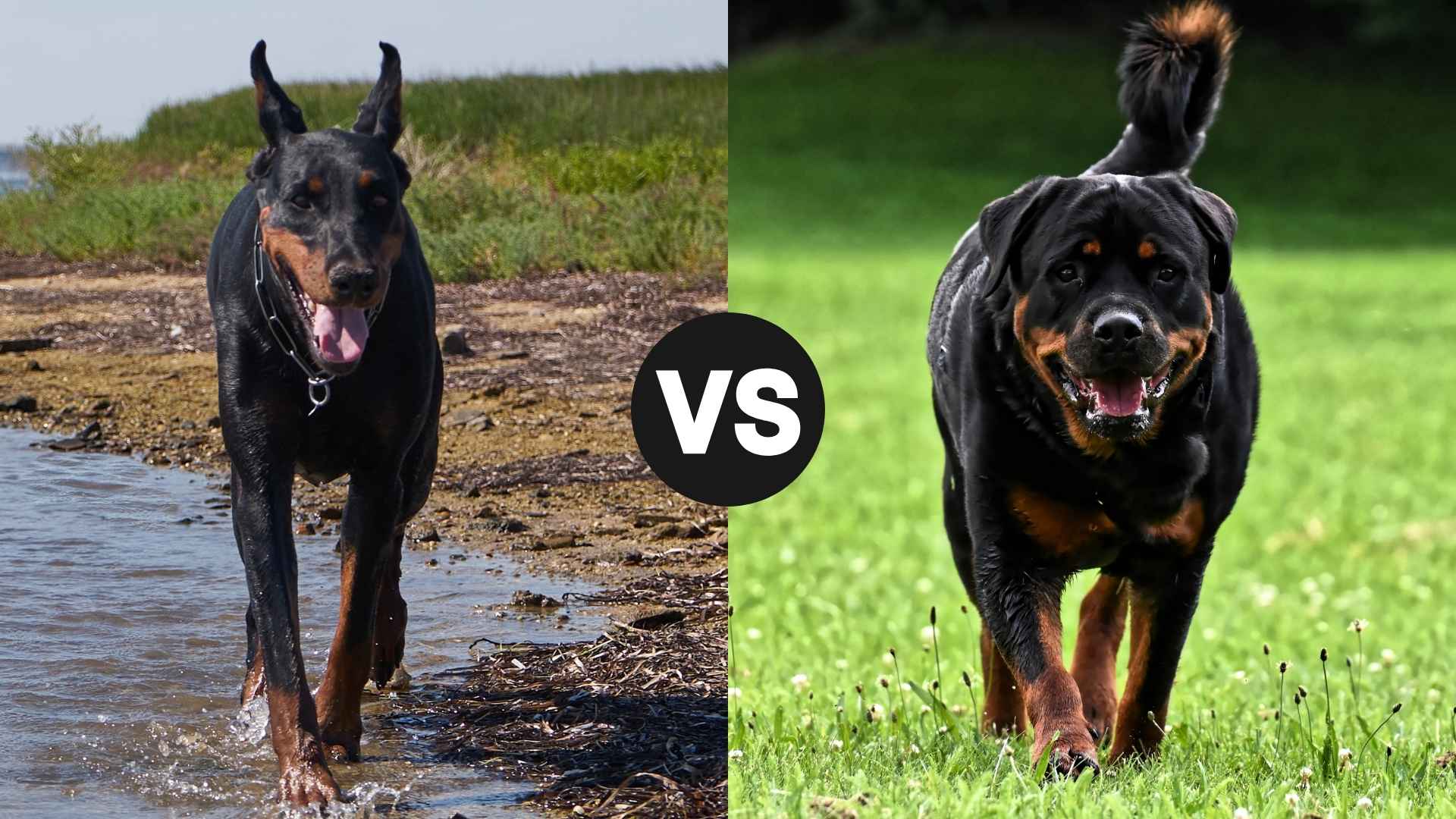Choosing between a Doberman Pinscher and a Rottweiler can be tough—they’re both powerful, intelligent, and fiercely loyal breeds with a strong reputation as protectors. Often mistaken for one another due to their similar black and brown coloring, these two working breeds have distinct differences that can impact which one is better suited for your lifestyle.
The Doberman, known for its athletic, lean build and high energy levels, is often used in police work, security, and search and rescue. Meanwhile, the Rottweiler, descended from ancient Roman mastiffs, has a more muscular, broad build and a calm, steady temperament.
Both breeds need early training and socialization to thrive, but their personalities and physical traits set them apart in significant ways. Whether you’re seeking a vigilant jogging partner or a laid-back family guardian, this guide will help you understand the key differences between Dobermans and Rottweilers to make the right choice.
Doberman Pinscher vs. Rottweiler
The Doberman Pinscher is a sleek and athletic breed developed in 1890 by Karl Friedrich Louis Dobermann in Germany. Originally bred for protection and utility, this agile dog is easily recognized by its short coat, typically black, blue, fawn, or red with rust markings, and its alert, intelligent expression.
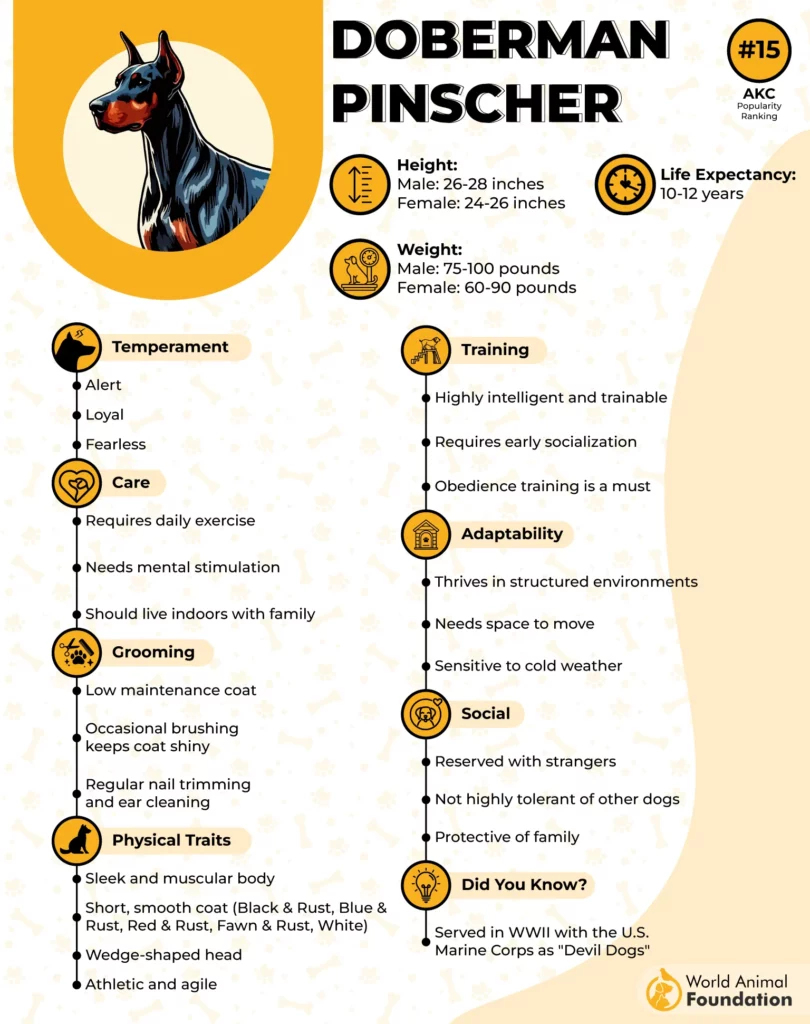
Dobermans are known for their fearlessness, loyalty, and quick thinking, which makes them ideal for roles in law enforcement, personal protection, and even search and rescue. They thrive on activity, regular daily exercise for at least an hour, and mental stimulation. Dobies often form strong bonds with their families while staying highly responsive to training.
The Rottweiler, in contrast, is a bulkier, more muscular breed with ancient roots tracing back to Roman drover dogs. Used for centuries in Germany to move cattle and guard merchants, the Rottie earned its nickname “the Butcher’s Dog” for carrying money pouches and warding off thieves, according to Britannica.
Though once nearly extinct, the breed made a strong comeback in the 20th century and now serves in police, military, and even therapy work. Rottweilers are calm, confident, and protective, making them a reliable family guardian when properly trained and socialized.
Historical Background and Origins
As noted by the Doberman Pinscher Club (DPCA), the Doberman Pinscher was developed in the late 19th century by Louis Dobermann, a tax collector in Apolda, Germany, who needed a strong and reliable dog to protect him during his rounds. Intent on creating the ideal guardian, Dobermann selectively bred several types, including the German Pinscher, Rottweiler, Black and Tan Terrier, and smooth-coated herding dogs.

The result was a muscular, alert, and intelligent breed that quickly earned recognition for its versatility and courage. Nicknamed the “Tax Collector’s Dog,” the Doberman soon became a top choice as police and military dogs, excelling in K-9 units, search and rescue, therapy, and service dog roles. The breed gained fame during World War II when Dobermans served bravely with the U.S. Marine Corps, particularly in the Pacific.
As noted by the American Kennel Club (AKC), the Rottweiler’s history dates back to ancient Rome, where mastiff-type dogs were used to herd and guard livestock for traveling armies. These durable working dogs accompanied Roman legions into what is now Germany, where they became the foundation for several German breeds, including the Rottweiler. After the fall of the Roman Empire, these dogs found a lasting role in the cattle town of Rottweiler, earning the name Rottweiler Metzgerhund or “Butcher’s Dog.”
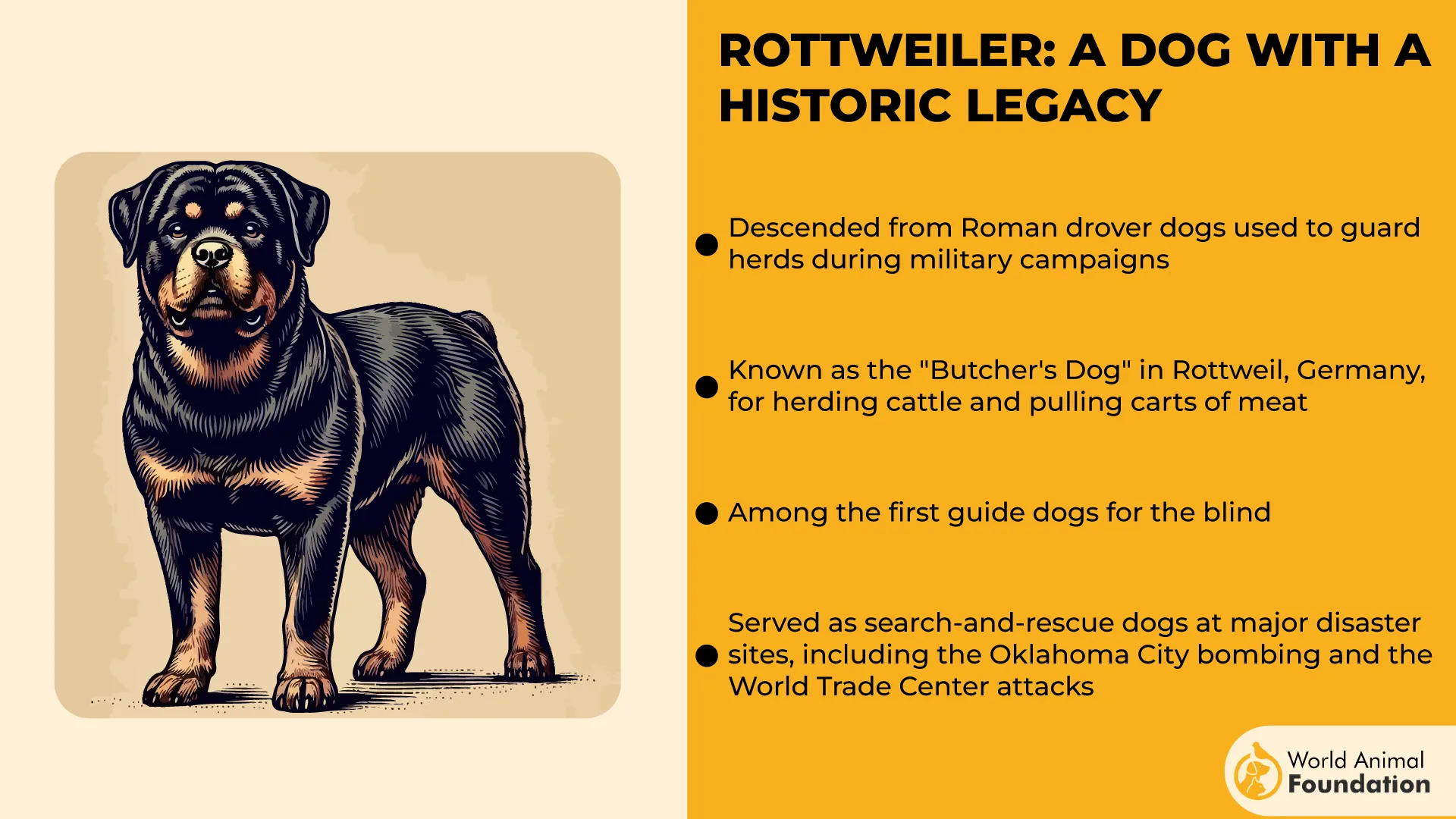
Originally valued for herding, guarding traders, and carrying money, Rottweilers adapted to roles in law enforcement, protection, and search-and-rescue after rail transport reduced their herding duties. Their appearance and temperament have remained consistent since their breed standard was set in 1901.
Physical Traits: Commonalities and Distinctions
Both Dobermans and Rottweilers are powerful, muscular breeds with a bold presence and natural guarding instincts. Both have short, low-maintenance coats, alert expressions, and confident postures that reflect their fearless, working-dog heritage.
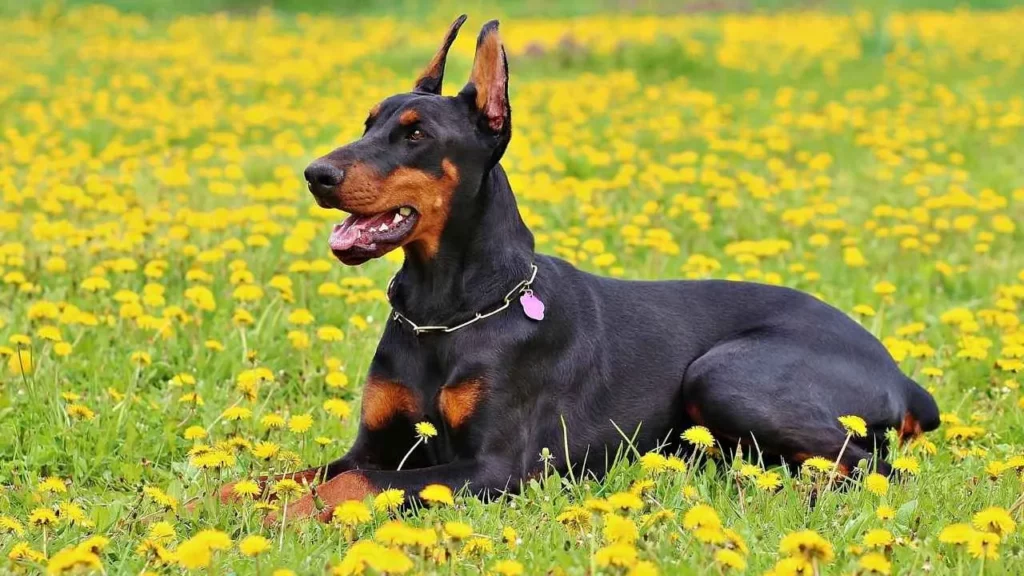
However, the Doberman has a sleek, athletic build, broad chest, standing 26 to 28 inches tall and weighing between 75 to 100 pounds in males, with females being slightly smaller. Their coat colors include black, blue, fawn, or red, always marked with sharp rust accents.
In contrast, the Rottweiler is heavier and more robust, with males weighing up to 130 pounds and standing up to 27 inches tall. Their powerful frame and bite strength surpass many breeds, including German Shepherds and Pit Bulls, making them formidable yet calm protectors.
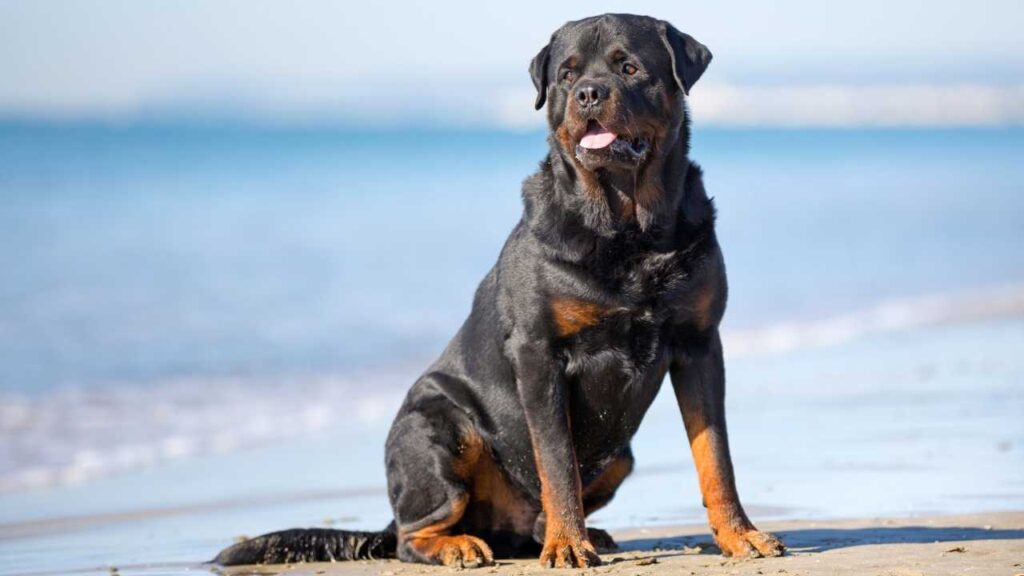
Behavioral Traits and Personality
The Doberman Pinscher is known for its energetic, intelligent, and loyal temperament, making it both an excellent working dog and a devoted family companion. Naturally alert but not overly vocal, Dobermans are quick to sound an alarm when necessary, yet remain calm and composed in the right environments.
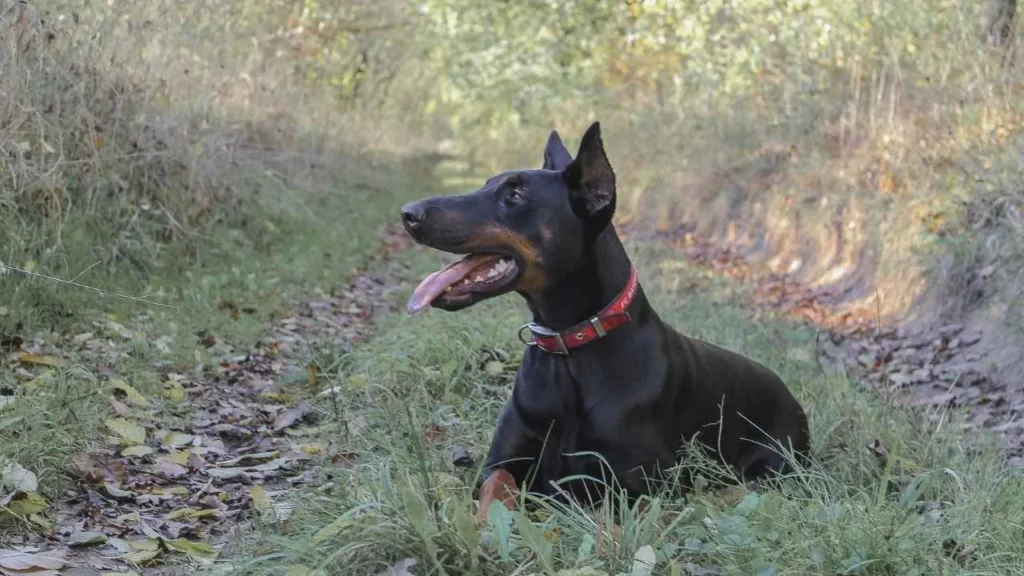
While they can be aloof with strangers and assertive with unfamiliar dogs, Dobermans are affectionate and sensitive, and family-oriented. Early socialization helps manage their prey drive and dominant tendencies, allowing them to coexist peacefully with children and other pets, including cats, when properly introduced.
The Rottweiler, bred for strength, bravery, and obedience, is a serious, confident, and loyal breed. While intelligent and capable of learning quickly, Rottweilers can be strong-willed and occasionally stubborn, especially if not properly engaged. As puppies, they may be destructive, but they typically grow into composed, purposeful adults who prefer tasks over play.
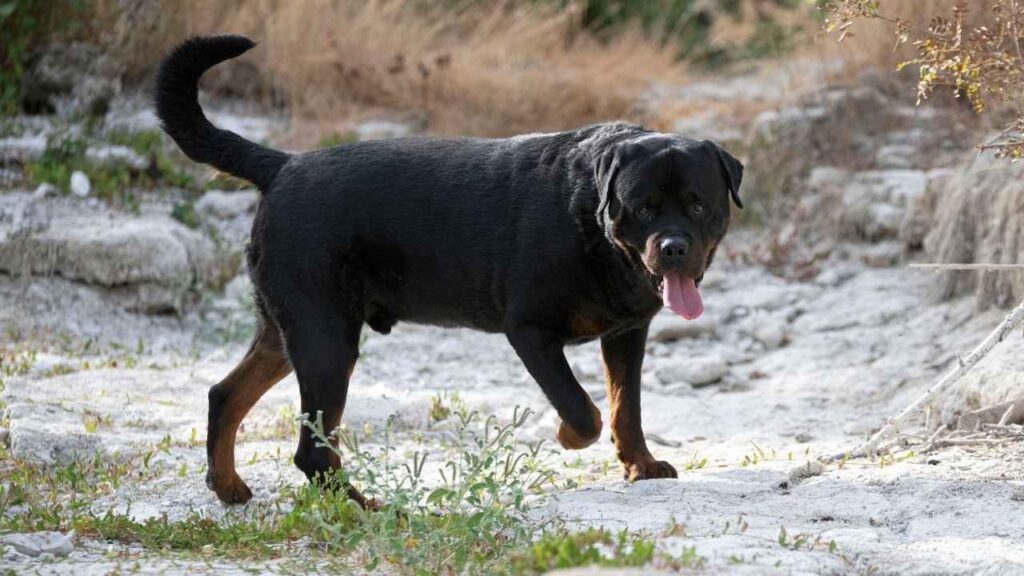
Rottweilers are excellent guard dogs—quiet yet watchful—and deeply devoted to their families. However, Rotties tend to be wary of strangers and may show aggression toward unfamiliar dogs, particularly those of the same sex. Early and ongoing training is essential to prevent behavioral issues and ensure safe interactions with people and other animals.
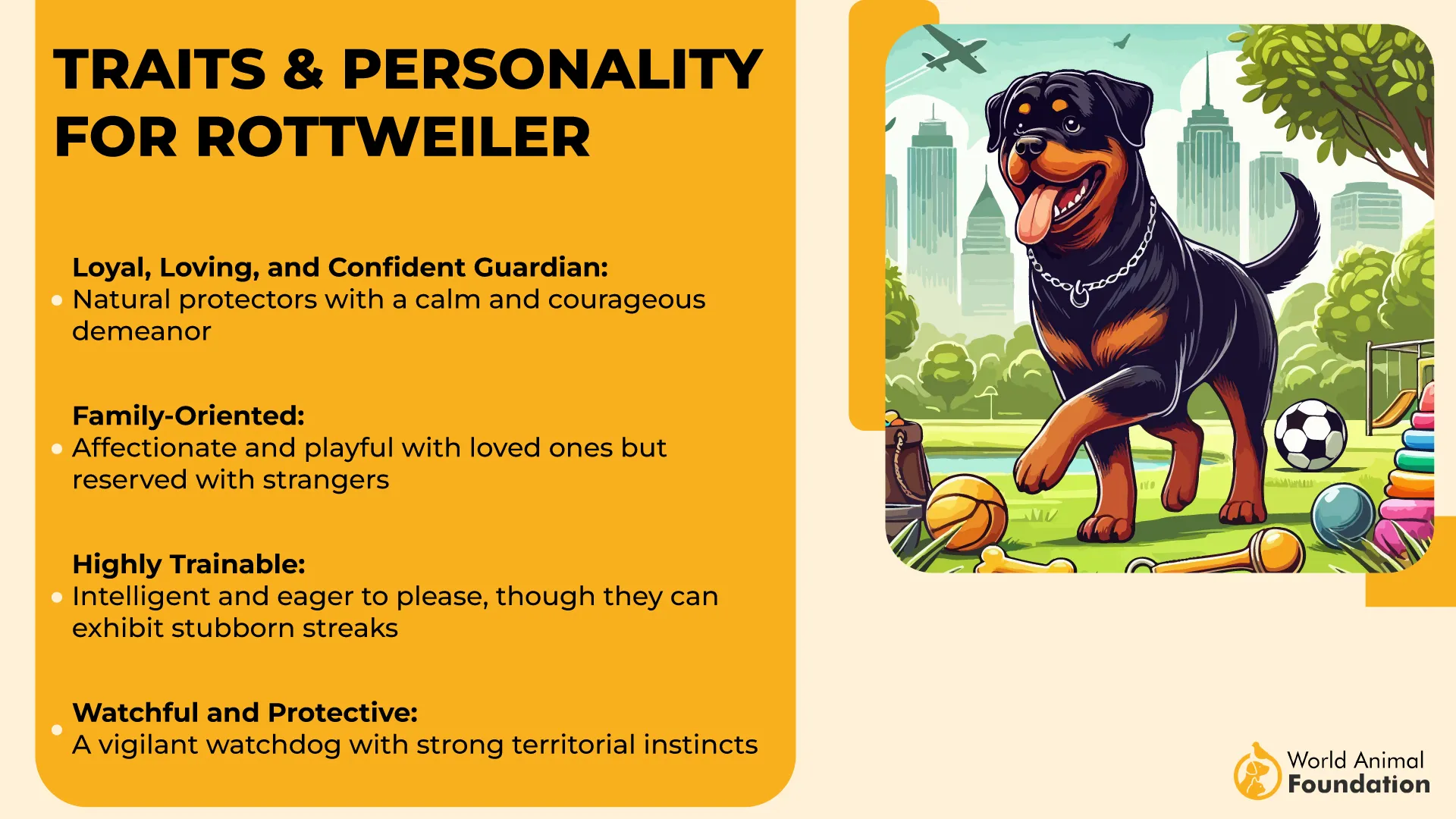
Trainability and Responsiveness
Doberman Pinschers are highly intelligent and excel in obedience training when guided with consistent routines and positive reinforcement. Early socialization is vital to help channel their high energy and prevent reactivity or dominant behavior. Without proper training, Dobermans may become difficult to manage and overly sensitive to unfamiliar stimuli.
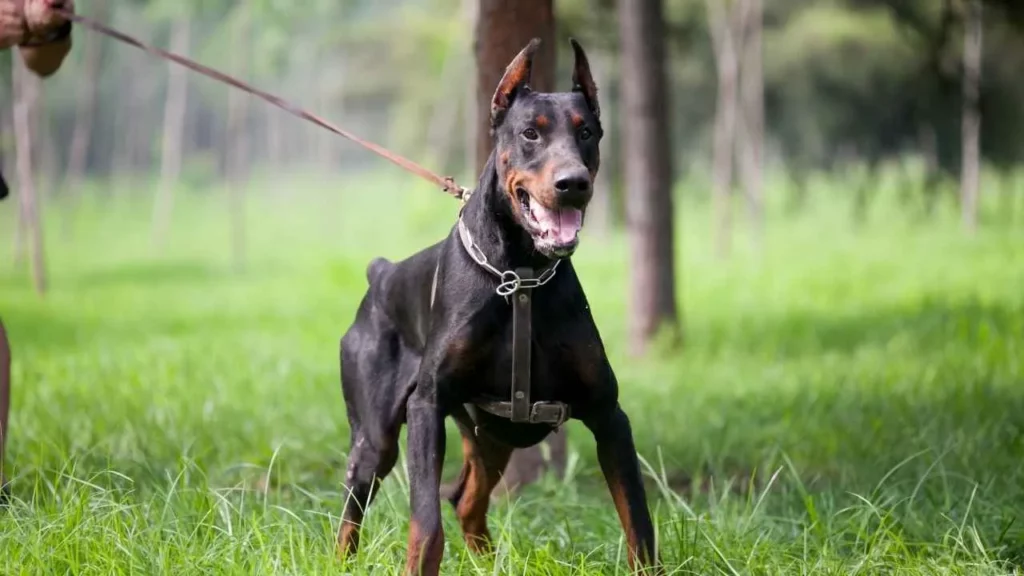
Rottweilers are also quick learners and highly responsive to positive reinforcement techniques. Their eagerness to please makes them easy to train, but early and right socialization is key to shaping a calm, confident temperament. Introducing them to diverse situations helps minimize fear-based reactions and ensures balanced behavior throughout their lives.
Grooming Needs and Maintenance
As noted by WebMD, Doberman Pinschers have a short, smooth coat that benefits from brushing a few times a week to manage moderate shedding. Occasional baths and monthly skin checks are typically enough for upkeep. Ear cleaning is essential, especially for cropped ears. Eye checks should be done during grooming. Tail docking and ear cropping, though practiced in some regions, are controversial and require vet supervision and proper aftercare.
Rottweilers also have low-maintenance coats that need weekly brushing, with more frequent grooming during seasonal shedding in spring and winter. Their double coat provides insulation in cold weather, but they shouldn’t be left in freezing temperatures for long periods. They can also overheat in warm temperatures.
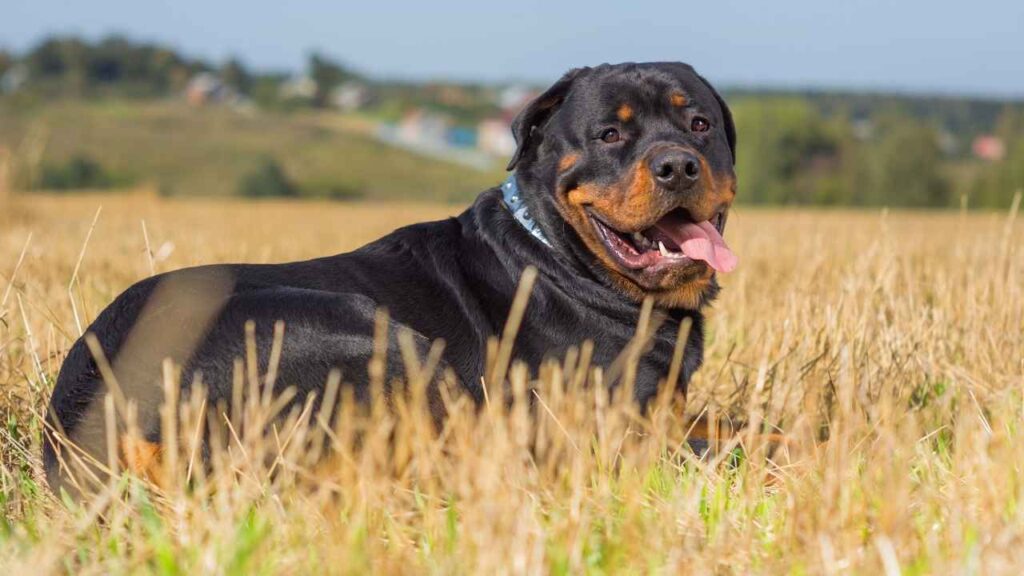
Bathing is needed only occasionally, and early nail-trimming habits help make grooming easier as they grow. Regular coat care not only minimizes shedding but also keeps their fur healthy and shiny.
Health and Medical Concerns
Doberman Pinschers are generally a healthy breed but prone to serious health issues like dilated cardiomyopathy (DCM) and gastric dilatation-volvulus (GDV). Other common concerns include hypothyroidism, hip dysplasia, von Willebrand Disease (vWD), and arthritis. Early detection, genetic screening, and preventive care, such as gastropexy and lifelong medication, are crucial for managing these risks, states PetMD.
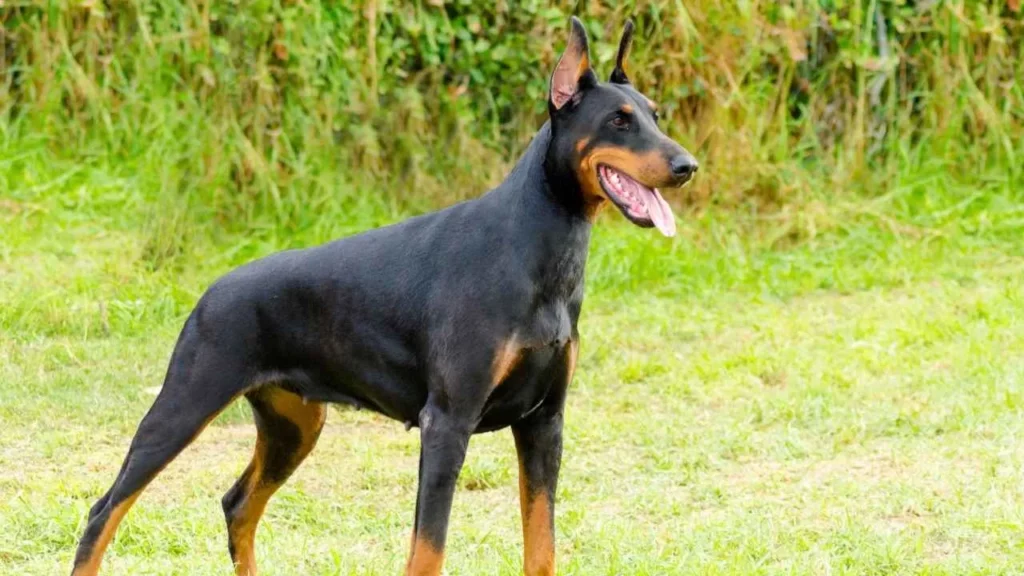
Rottweilers face a high risk of GDV, along with hip and elbow dysplasia, cranial cruciate ligament (CCL) injuries, and osteosarcoma, a fast-spreading bone cancer. Obesity is a major concern that can worsen existing health problems.
They’re also susceptible to Progressive retinal atrophy, entropion, and subaortic stenosis (SAS), a heart disease linked to sudden death. Routine vet checkups, proper diet, and early surgical or medical intervention are essential for keeping Rottweilers healthy, states PetMD.
Suitability for Families and Other Animals
Doberman Pinschers are devoted, protective, and powerful dogs and make excellent companions for experienced owners. Often regarded as “velcro dogs,” they bond closely with their household and are affectionate with those they trust. However, their large size and energetic nature may not be ideal for small children, and interactions should always be supervised.
Dobermans tend to get along with familiar pets but may act dominant or wary toward unfamiliar dogs. With proper training and socialization from a young age, they can adapt well to family life, though they thrive best in structured, adult-oriented homes or those with older children.
As noted by the American Rottweiler Club (ARC), Rottweilers also form deep attachments to their families and can be gentle and loyal to older children. Their protective instincts make them reliable guardians, but their strength and occasional stubbornness require firm, consistent training.

While they can be affectionate with their household, Rottweilers may not tolerate strange dogs or smaller pets and need early socialization to reduce territorial or aggressive behavior. They are best suited for families who can provide guidance, supervision, and structured interactions with both people and other animals.
Conclusion
In conclusion, both the Doberman Pinscher and Rottweiler are confident dogs with many similarities, making them excellent choices for experienced pet parents. When properly trained early, both breeds can become great pets and loyal family companions.
While Dobermans may be more prone to separation anxiety and thrive on learning new commands, Rotties tend to be more laid-back but equally protective. Both need enough exercise, mental stimulation, and socialization with other dogs to stay well-balanced.
Choosing between the two breeds depends on your lifestyle and experience. Still, either can thrive as family pets when adopted from a reputable breeder and raised with care, structure, and plenty of playtime.


